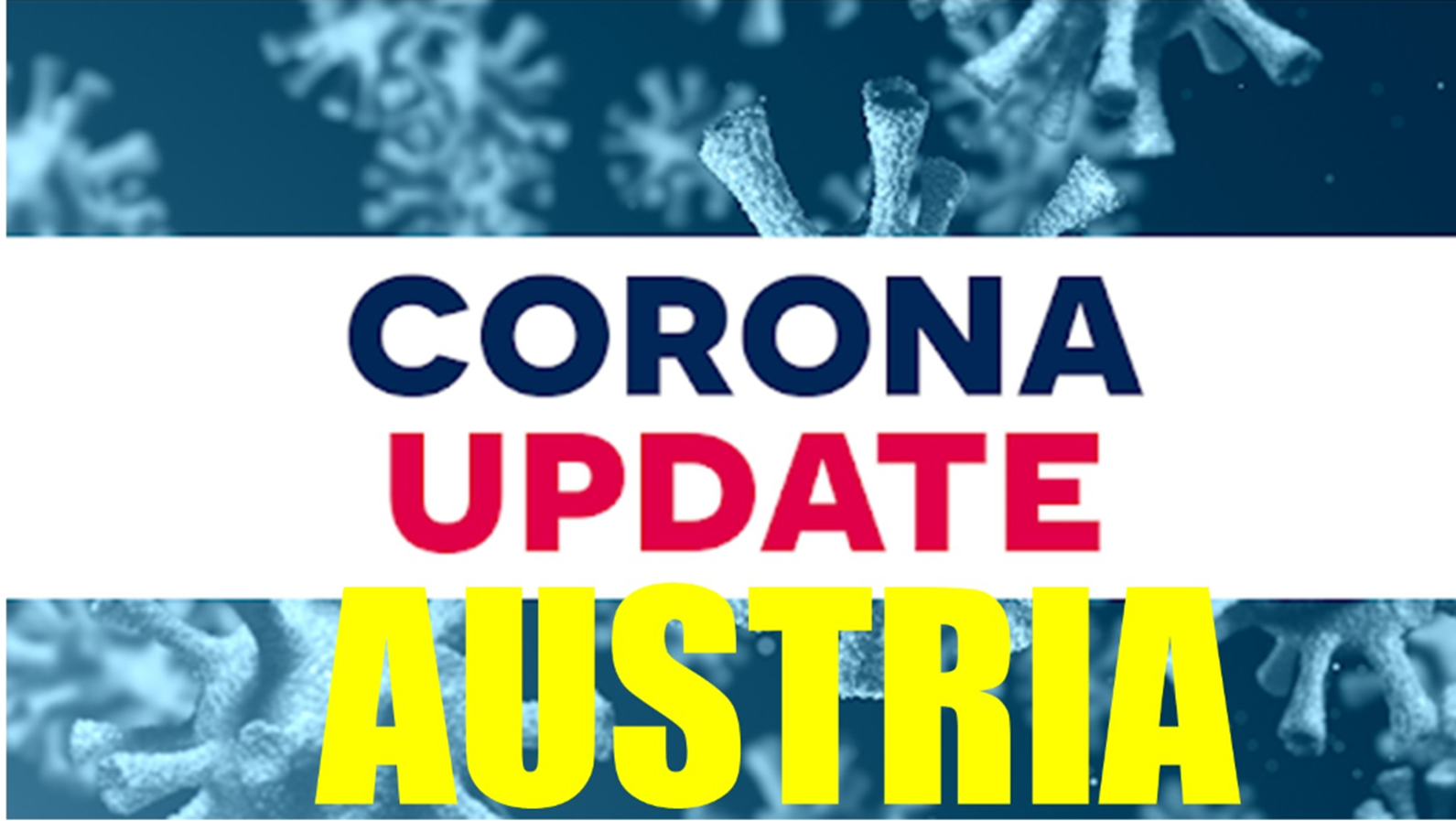The Corona situation in Austria remains stable, but numerous other viruses plague citizens.
It got off to an incredibly fast start and was even named “super-variant.” Omicron derivative XBB.1.5. In the U.S., the highly contagious sublineage quickly accounted for a quarter of cases, and it is also on the rise in Austria.
Although it has slowed down somewhat in the meantime, as molecular biologist Ulrich Elling shows in his graph, experts are currently unable to give a clear assessment of where XBB.1.5 will lead in Austria: “The current data are too few and too thin to make a clear statement,” the scientist said in the “Heute” interview. The reason for this is, on the one hand, the high number of unreported cases due to ski tourism; on the other hand, there is no more data from countries like Germany.
The researcher’s most important question about the new variant is hybrid immunity and how well it can withstand the variant. Hybrid immunity exists when there is not only vaccination protection but also a certain degree of protection against viruses through a previous infection.
He said there had not been as many severe cases with Omicron because of the Corona vaccine. “The vaccine protection makes for a milder course,” Elling reminds us. “This time around, many people have not only been vaccinated, but have recovered.” For that reason, he says, there’s also “no evidence of a severe course and no evidence of more people needing to go to the hospital because of XBB.1.5.”
As for the symptoms themselves, not many changes; typical symptoms of infection with the XBB.1.5 variant include fatigue and tiredness, cold symptoms such as sore throat, cough, runny nose or blocked sinuses, headache and aching limbs, fever and nausea.
Less often, infected persons of this virus type complain of loss of sense of smell and taste, as was the case with the alpha and beta variants.
- source: heute.at/picture: pixabay.com
This post has already been read 3692 times!



